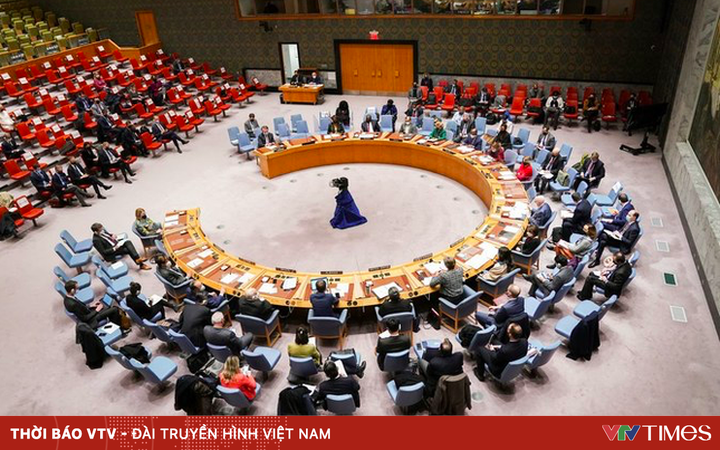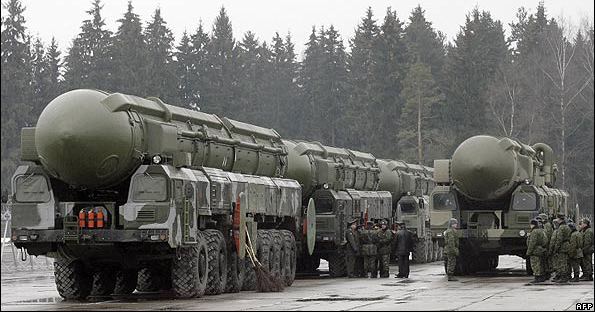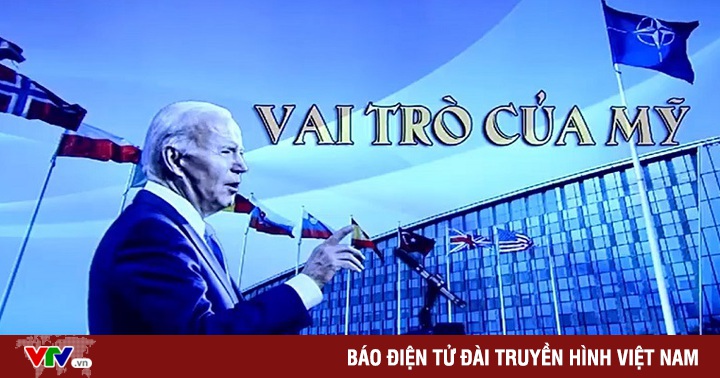During the Yom Kippur War of 1973, Israeli forces with 170 tanks crushed a Syrian armored formation eight times larger in the Valley of Tears.
On October 6, 1973, Egypt and Syria launched a coordinated campaign to attack Israel on two fronts in the Sinai and the Golan Heights, hoping to regain territory lost to the Jewish state in the previous war. that’s 6 years.
One of the highlights of the war was the unequal battle between 170 Israeli tanks and 1,400 Syrian tanks in the Valley of Tears in the Golan Heights.
Despite some warning signs, the Arab states’ attack in 1973 took Israel by surprise, because October 6 was Saint Yom Kippur’s day, the holiest Jewish holiday of the year. On this day, Jews fast, confess and focus on prayer, bringing the alert level and combat readiness of the Israeli army to a minimum.

Israeli artillery during the battle at the Valley of Tears in 1973. Photo: IDF.
On the appointed day, while the Egyptian army crossed the Suez Canal to attack Israel’s defenses, 1,400 Syrian tanks with air support and 1,000 artillery pieces also simultaneously entered the Golan Heights. Of these, there were about 400 T-62s, the most modern main battle tank exported by the Soviet Union at that time, the rest were older T-54 and T-55 tanks.
The Israeli garrison in the Golan Heights consisted of only two brigades, the 7th Armored Brigade stationed in the north and the 188th Barak Brigade in the south, with a total of 170 tanks, mainly of the Centurion line. British and American-made M48 Patton, with 70 guns.
The attack opened when Syria deployed mine-clearing forces and bridge vehicles to help the tanks quickly break through the Israeli defense system. The Israeli 7th Armored Brigade in the northern Golan Heights was attacked by 500 tanks and 700 armored personnel carriers.
Despite being outnumbered and losing a few tanks in the fierce battle, the Israeli forces still held the front line and inflicted heavy losses on Syria.
Fighting continued into the night of October 6, when the two sides attacked and counterattacked each other. Israel’s lines were breached several times, but counter-attacks helped them repel the Syrian thrusters.
Fierce battles continued for the next two days. Despite suffering greater losses, the Syrian armored formation continued to advance.
By October 9, Israel had only 6 tanks left to defend the northern Golan Heights, forcing the commander of the 7th Armored Brigade to order a retreat. On the way to withdraw, they encountered 15 tanks from the back line to support. Seeing the new formation of Israeli tanks appear, the Syrian side thought it was the vanguard of the reinforcements, so they began to withdraw.
Taking advantage of the terrain, Israeli tanks occupied the high hills, constantly ambushing and firing at the Syrian tank formation below, making them confused, unable to return fire and suffered heavy damage. General Omar Abrash, commander of a Syrian armored brigade, was killed when his tank was hit.
By this time, the advance in the northern Golan Heights of Syria had been stopped, with 400-500 destroyed tanks and armor scattered in the foothills, prompting Israeli officers to call this area. “Valley of Tears”.
On the southern front of the Golan Heights, about 600 Syrian tanks also managed to break through the lines of the Barak Brigade, which was equipped with only 12 tanks. Defensive minefields and heavy Israeli artillery fire destroyed dozens of Syrian tanks in the initial assault.
However, the Syrian forces continued to attack based on their numerical superiority. Israeli fighters were mobilized to support the Barak Brigade, but many were shot down by the Syrian SAM air defense system.
Fierce fighting continued into the night. Israel’s small number of tanks uses a “shoot and run” tactic to minimize damage. This seems to have prevented Syrian forces from entering the southern Golan Heights as they believe they are facing a larger enemy.

Syrian T-62 tank left on the battlefield after the battle. Image: IDF.
On October 7, Syrian tanks began another offensive. Colonel Yitzhak Ben-Shoham, commander of the Barak Brigade, was determined to fight to the end even though there were barely any tanks left to fight. They held out until they were completely destroyed by the Syrian tank formation.
After a difficult battle against the Barak Brigade, the formation of 92 Syrian tanks promoted their momentum to attack the Israeli line, but their commander suddenly ordered a cease-fire for unknown reasons. This gave Israel more time to mobilize reserve troops to support the front line.
The arrival of the Israeli reserve forces changed the battlefield, when the Syrian army was stopped and gradually pushed back. A few days later, Syria stopped advancing and withdrew completely.
Israel won the war but at the cost of heavy casualties. Syria and Egypt failed to achieve their operational goals, despite their determination being much stronger than in the 1967 war. The Yom Kippur War ended on October 25, 1973, with the front line unchanged from 6 previous year.
On September 17, 1978, Israel and Egypt signed a peace treaty, in which the Sinai peninsula was returned to Egypt. Meanwhile, Israel and Syria remain in a state of war to this day.
Duy Son (According to War History)
at Blogtuan.info – Source: vnexpress.net – Read the original article here



